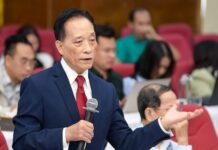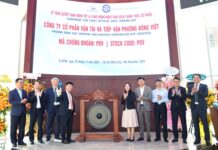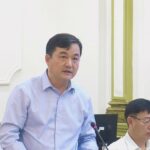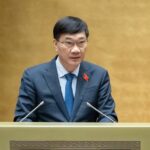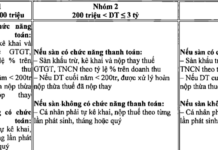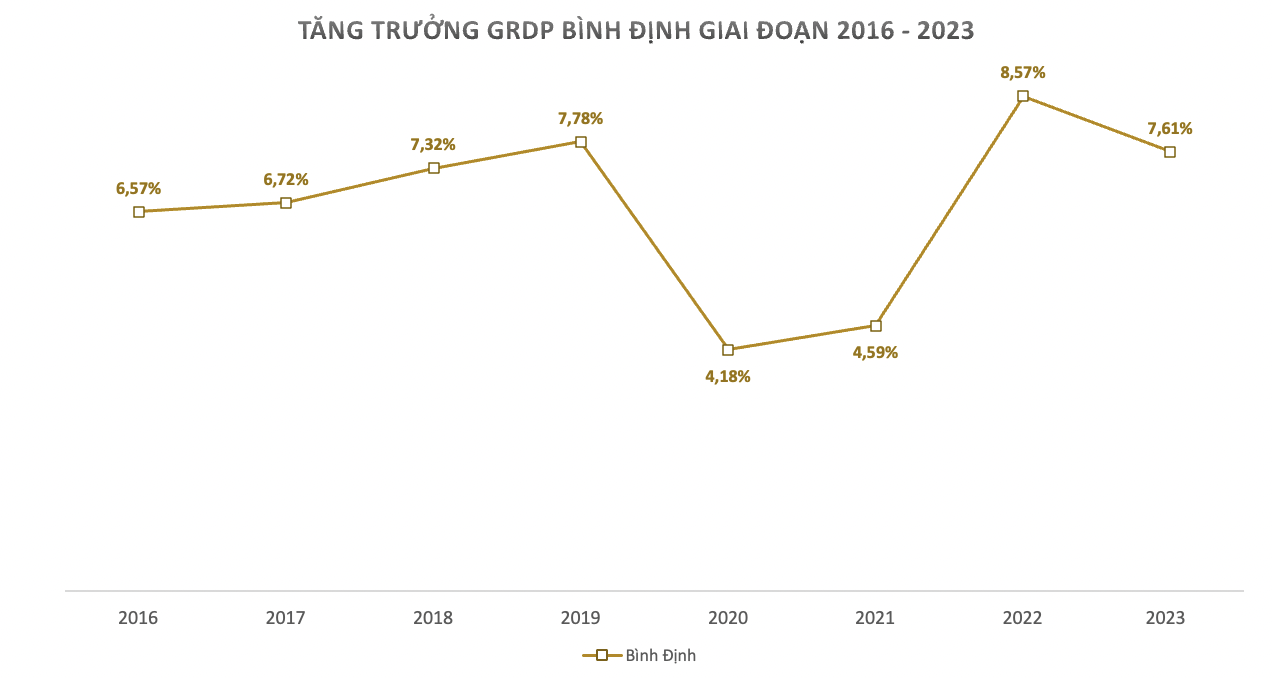“You can’t live in a house that’s empty: Towards a well-equipped urban government”
On October 31st, the National Assembly discussed and provided feedback on the draft resolution on the organization of the urban government in Hai Phong city and the establishment of Hue city under the Central government.
Mr. Le Tien Chau, Secretary of the Municipal Party Committee and Head of the Hai Phong National Assembly Delegation, shared that five years ago, the Politburo had approved Hai Phong to pilot this model. However, due to various reasons, the implementation of the urban government model has been slow.

Secretary of the City Party Committee Le Tien Chau, Head of the National Assembly Delegation of Hai Phong City. (Photo: N.Y)
Mr. Chau acknowledged that Hai Phong’s approach is different from other localities as they had the advantage of learning from their predecessors. “Hanoi, Ho Chi Minh City, and Danang were the first to face challenges as they had to navigate uncharted territory. In contrast, Hai Phong could observe and adopt their strengths,” Mr. Chau said.
Additionally, Mr. Chau emphasized the unique characteristics of Hai Phong, leading to their tailored approach: adopting a model that clearly defines its functions and tasks. He illustrated this with an analogy: “If we build a house without amenities and furniture, how can we live in it?”
However, after receiving feedback from higher authorities, they were advised to follow the models of Danang and Ho Chi Minh City. While the structure remains the same, Hai Phong can propose unique functions, tasks, and mechanisms through a pilot program.
Special policies to create new development momentum
Mr. Chau also discussed the current review of the National Assembly’s Resolution 35 on special mechanisms and policies for Hai Phong. He emphasized that, in practice, two critical factors determine the development of a locality or nation: human resources and mechanisms and policies.
“While we must strive to improve our human resources, we also rely on the National Assembly and the Central Government to provide us with special mechanisms and policies,” he stressed.
Currently, Resolution 35 offers only five special mechanisms and policies for Hai Phong, while Ho Chi Minh City enjoys over 100. Mr. Chau shared that they are working with the Ministry of Planning and Investment to propose amendments to the resolution, aiming for a special session in February or the 9th session of the National Assembly in May 2025. The proposed amendments include revisions to 61 policies.
“We understand that Hai Phong’s development benefits not only our city but also contributes significantly to the country’s overall development. With the support of the National Assembly delegates and the special mechanisms and policies, we will create new energy and momentum to drive Hai Phong’s sustainable development,” Mr. Chau concluded.
Proposal to name a street after Le Van Thanh
During the group discussion, many delegates agreed with the issuance of the resolution on the organization of the urban government in Hai Phong and the establishment of Hue City under the Central Government.
Professor Chu Hoi suggested creating unique features to promote local development. He also proposed that the locality consider naming a street after Le Van Thanh (former Secretary of the Hai Phong Party Committee) and that voters in Da Nang wished to have a street named after Nguyen Ba Thanh (former Secretary of the Da Nang Party Committee).
The New Land Price List Adjustment’s Impact on Ho Chi Minh City
The recent land price adjustments in Ho Chi Minh City are a significant move, reflecting the city’s development and the need to adapt to the changing reality. Despite short-term challenges, the new land price list brings about a host of positive impacts. It lays the foundation for a sustainable real estate market, promoting transparency, fairness, and the city’s comprehensive development while addressing the current situation.
Streamlining Urban Subdivision Planning: Expediting the Process
The draft Law on Urban and Rural Planning has been revised with a new provision that reduces the maximum time for completing the formulation and approval of detailed urban planning schemes, from 12 months to 6 months, after the approval of the general urban plan.










